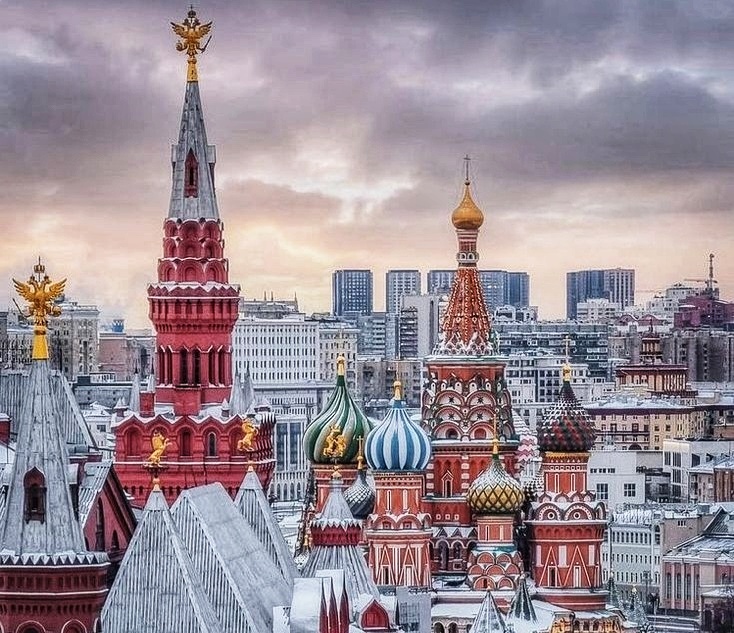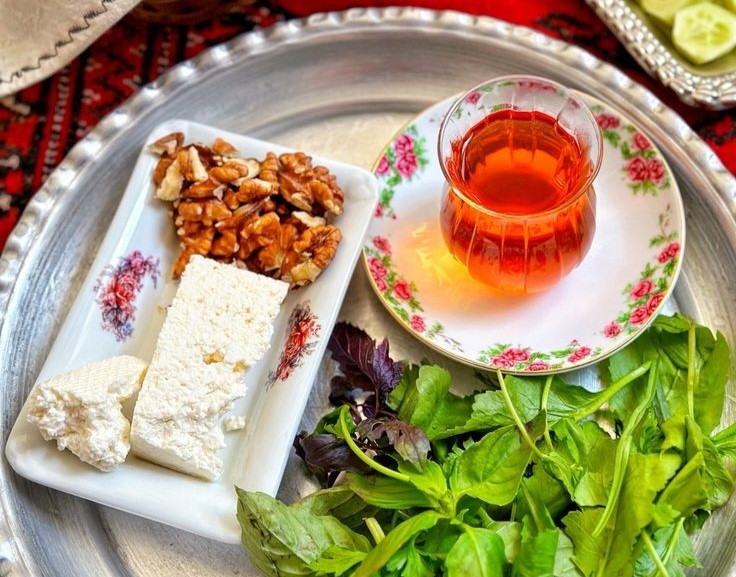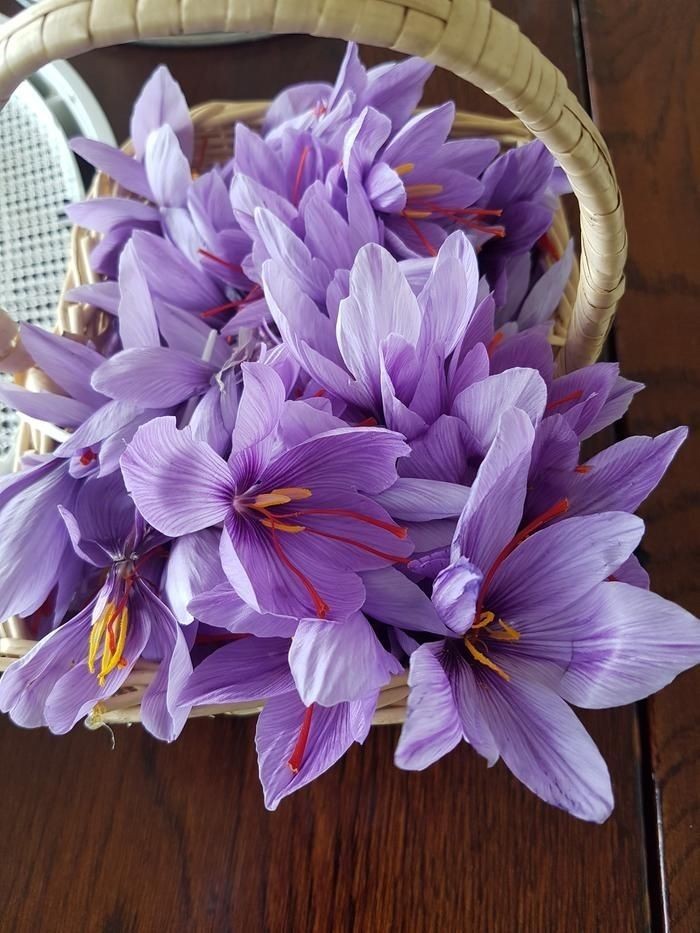Categories
The latest content
-

Iranian Black Tea in Russia: Wholesale Pricing, Market Trends & Consumer Preferences (2025)
..
-

Top Export Markets for Iranian Tea in 2025 Exploring global demand, opportunities, and strategies for Iranian tea exporters
..
-

Iranian Super Negin Saffron in Spain; Market Trends, Wholesale Pricing, and Competitive Position in 2025
..
-

The Heartland of Pistachios; Cultivation of Iranian Pistachios in Kerman Province
..

Tags
Top Export Markets for Iranian Tea in 2025 Exploring global demand, opportunities, and strategies for Iranian tea exporters

In 2025, the international tea market continues to evolve, shaped by consumer preferences for healthier lifestyles, natural products, and authentic experiences. Among the many types of tea produced globally, Iranian tea—renowned for its pure cultivation methods, additive-free nature, and bold aroma—is gaining significant recognition beyond its borders.
With production centered in the lush and misty northern provinces of Gilan and Mazandaran, Iranian tea is increasingly being appreciated in markets that value heritage, health, and high-quality taste. This post explores the top export destinations for Iranian tea in 2025 and outlines the key reasons behind their growing demand.
1. Russia: A Traditional and Expanding Market
Russia is one of the largest tea-consuming countries in the world, with a deep-rooted tea culture dating back centuries. Russian consumers prefer black, strong, and aromatic teas—which aligns perfectly with the profile of Iranian tea.
Why Iranian Tea Is Thriving in Russia:
• Trade facilitation via the North-South Transport Corridor
• Strong demand for affordable, non-blended black teas
• Cultural affinity and long-standing ties with Iran
• Preference for loose-leaf tea over bagged variants
In 2025, the Iranian tea market in Russia is expected to grow further due to competitive pricing, shorter transit routes, and regional cooperation under Eurasian trade frameworks.
2. Iraq: Iran’s Most Accessible and Loyal Buyer
Iraq continues to be a dominant market for Iranian goods, especially food and beverage products. Iranian tea is well-known and trusted in Iraqi households, particularly in southern and central regions.
Market Highlights:
• High-volume bulk imports via land borders (Mehran, Shalamcheh, Khosravi)
• Strong presence in religious cities such as Najaf and Karbala
• Similar taste preferences: dark, rich, and robust brews
• Iranian brands have established supply chains and loyal customers
In 2025, Iranian exporters are enhancing their competitive edge in Iraq by offering custom packaging, Halal certification, and branding in Arabic.
3. Azerbaijan: Regional Demand with Premium Opportunities
Sharing both a cultural and linguistic bond with Iran, Azerbaijan has become a growing market for Iranian black tea. Consumers appreciate natural, pesticide-free tea and are willing to pay for higher-quality local and imported products.
Why This Market Is Growing:
• Close proximity and efficient cross-border trade
• High demand for artisanal loose-leaf teas
• Popularity of traditional tea houses (çayxanə)
• Potential for private label and retail expansion in urban areas like Baku
To penetrate this market further in 2025, Iranian brands are investing in luxury packaging, QR code traceability, and collaborations with local distributors.
4. Central Asian Countries (Uzbekistan, Turkmenistan, Kazakhstan)
Central Asia is fast becoming a significant region for Iranian tea exports. These countries have deep tea traditions and large consumer bases that favor strong, naturally grown tea, aligning perfectly with Iran's offering.
Key Insights:
• Iranian tea is seen as a quality alternative to Indian or Chinese teas
• Strong preference for bulk shipments in 20kg or 25kg sacks
• Steady growth in demand through regional exhibitions and expos
• Potential for government-to-government contracts and tender-based exports
In 2025, Uzbekistan and Turkmenistan stand out with increasing demand in both urban and rural areas, especially among families and local grocers.
5. United Arab Emirates (UAE): A Gateway for Global Re-exports
Dubai continues to serve as a logistics hub and re-export center for Iranian tea into Africa, Southeast Asia, and even Europe. While the domestic UAE market is small, the volume of re-export makes this market extremely valuable.
Export Strategy for UAE:
• Focus on high-end packaging and branding
• Obtain ISO, Organic, and Halal certifications
• Collaborate with Dubai-based wholesalers and FMCG chains
• Use the Jebel Ali Port as a strategic export node
Tea brands with professional, attractive packaging and proper documentation gain better shelf presence in Dubai’s multicultural markets and online stores.
6. Germany: A Promising European Frontier
Germany is Europe’s largest importer of tea and herbal infusions, with consumers showing a strong preference for natural, organic, and ethically sourced products. Iranian tea is gaining traction, particularly in specialty tea shops and organic retail chains.
Why Germany Is Attractive in 2025:
• A growing Middle Eastern diaspora seeking familiar flavors
• Rising consumer interest in ethnic and premium teas
• Opportunities for online retail, Amazon EU listings, and tea festivals
• Certification is crucial: EU Organic, Fairtrade, and HACCP
Iranian exporters aiming for Germany must ensure strict compliance with European import regulations and invest in English/German labeling and traceability tools.
7. Canada and the United States: Diaspora-Driven but Expanding
While not massive in volume, the North American market holds potential, especially among Iranian, Afghan, Arab, and South Asian communities.
Opportunities:
• Specialty tea shops in cities like Toronto, Vancouver, Los Angeles, and Houston
• E-commerce sales via Etsy, Amazon, or niche tea websites
• Growing demand for organic, anti-inflammatory, and functional teas
In 2025, U.S. and Canadian importers are more selective. Success depends on FDA/CFIA approvals, bilingual packaging, and clear health-related messaging.
Conclusion: Strategic Focus for 2025 and Beyond
The international market for Iranian tea in 2025 is diverse and full of opportunity. From regional allies like Iraq, Russia, and Azerbaijan, to premium European and North American buyers, Iranian tea is carving out its place in a competitive but growing industry.
For exporters, success in these markets requires:
• Commitment to quality control and certifications
• Investment in branding, storytelling, and cultural identity
• Focus on logistics, packaging design, and language localization
• Participation in international food expos and trade fairs
As the world continues to rediscover authentic and unadulterated beverages, Iranian tea—steeped in tradition and crafted with care—is well-positioned to become a global favorite.



